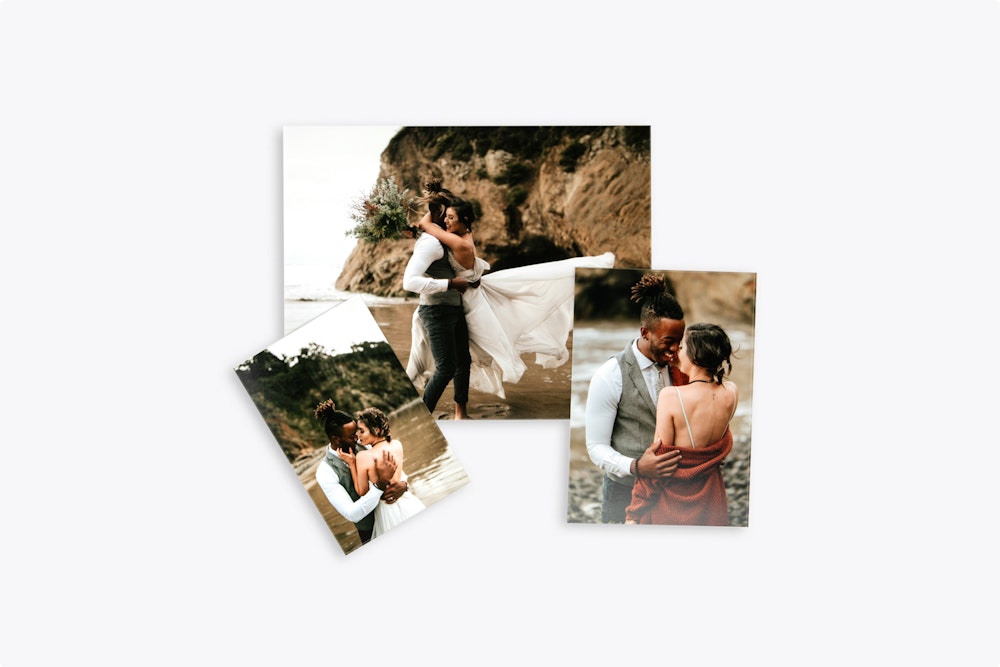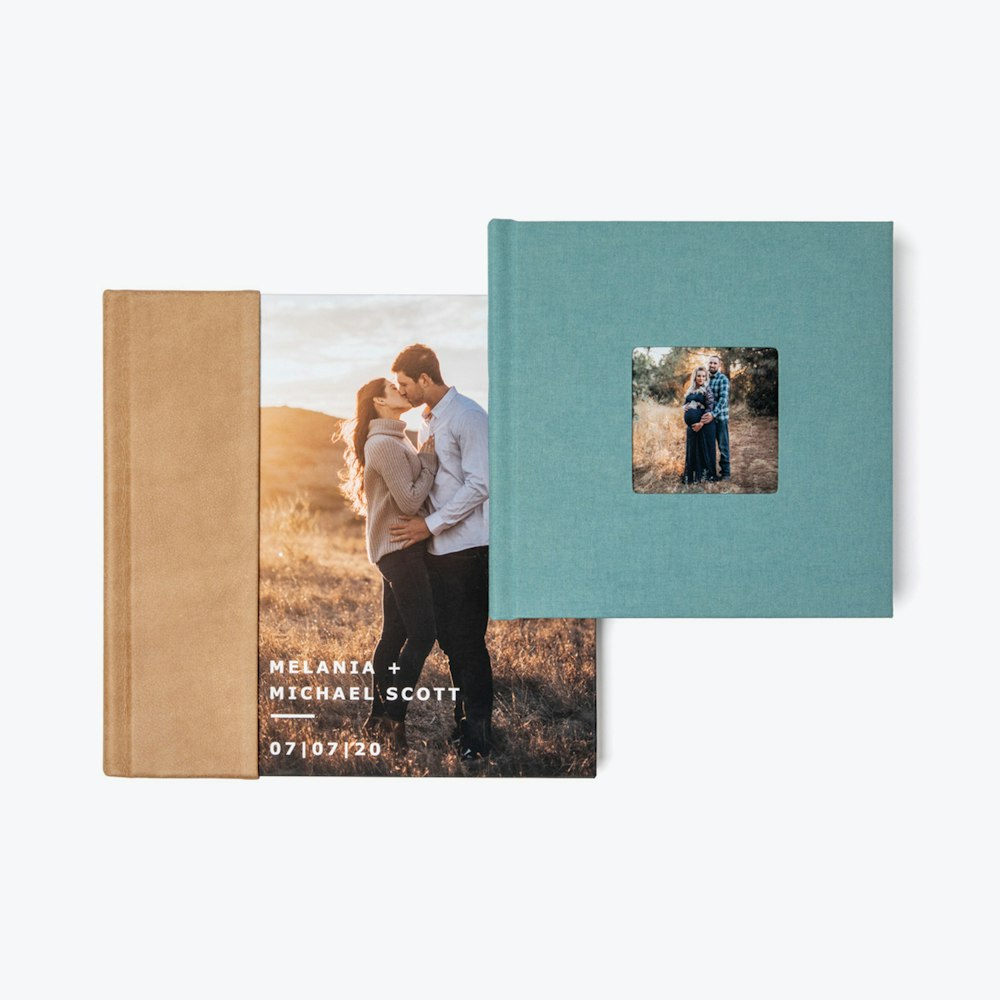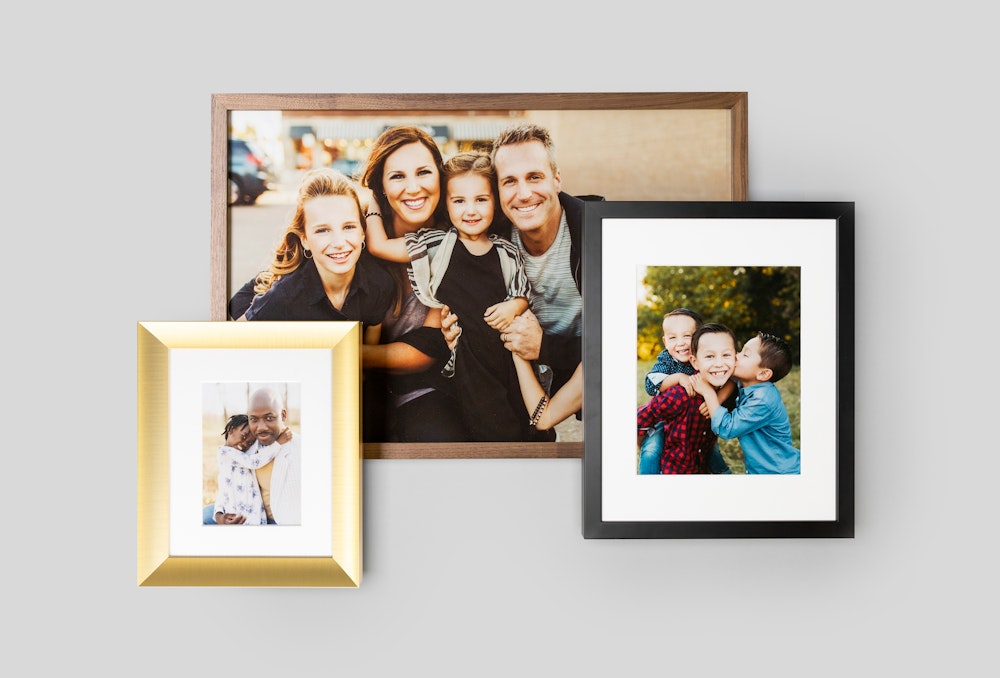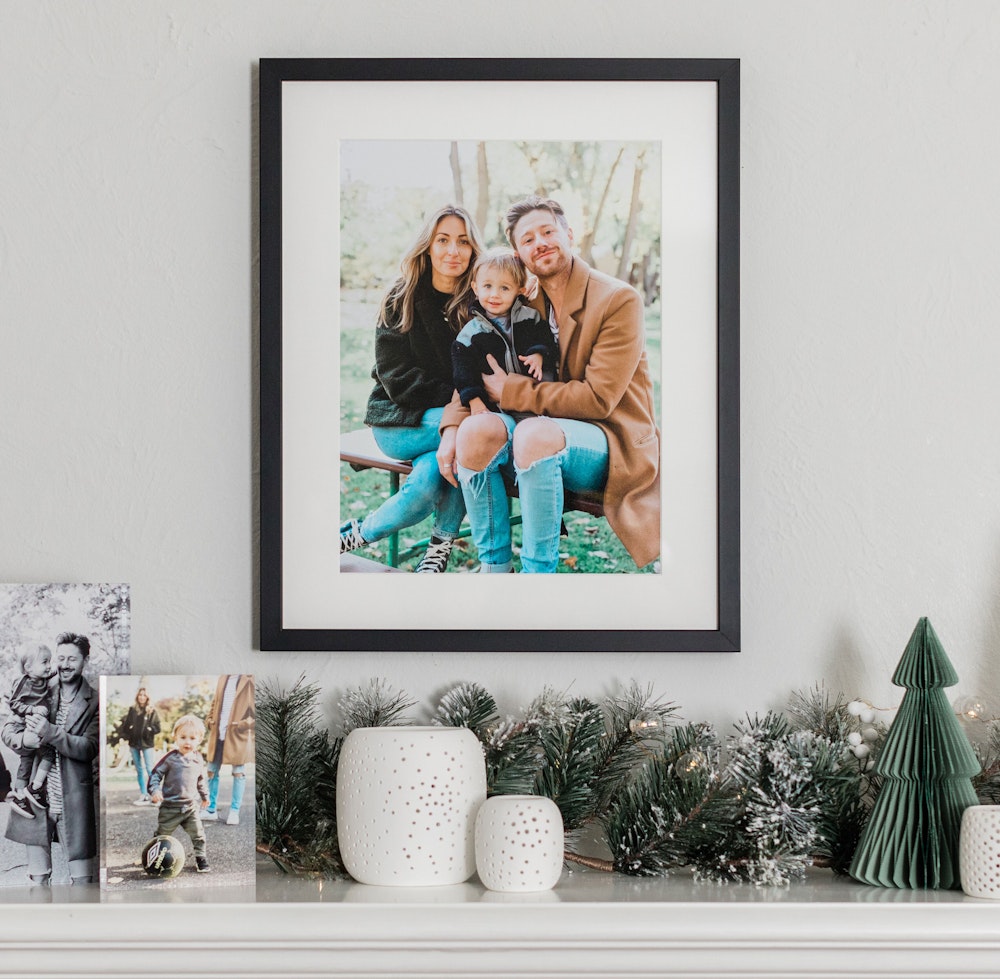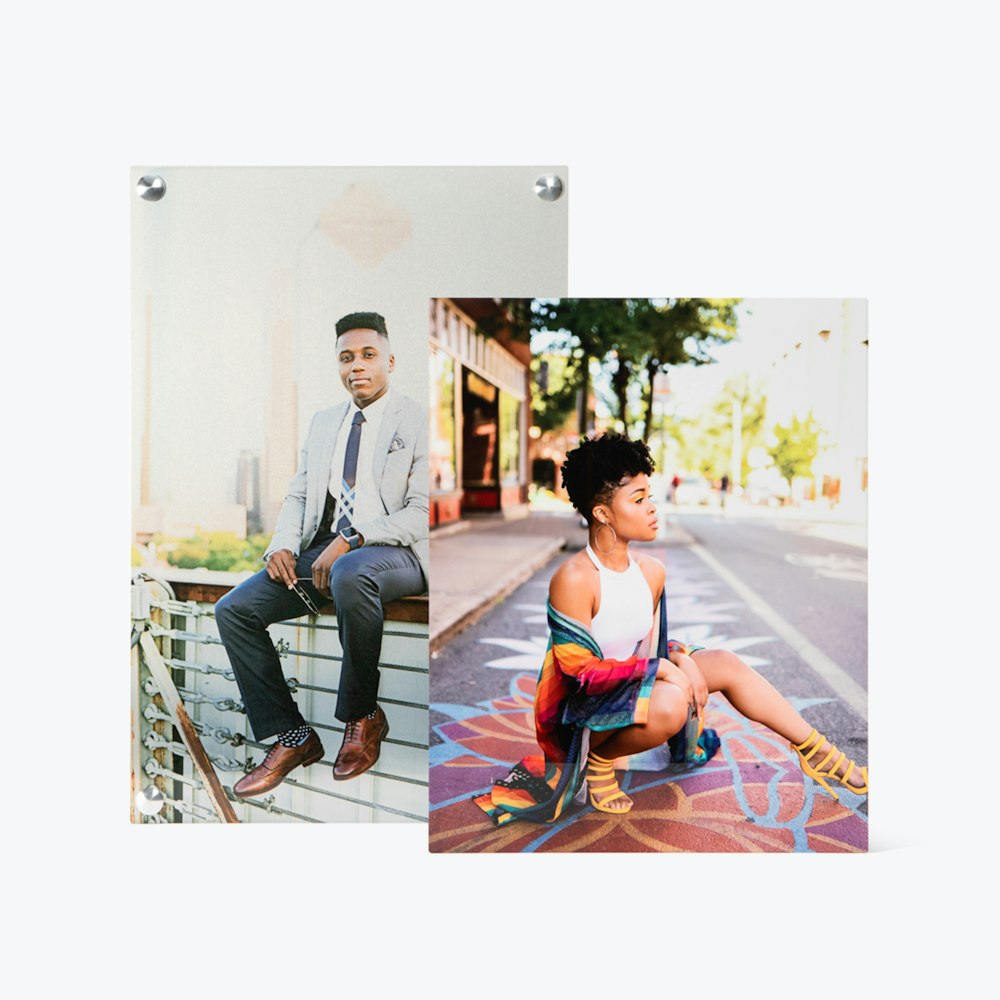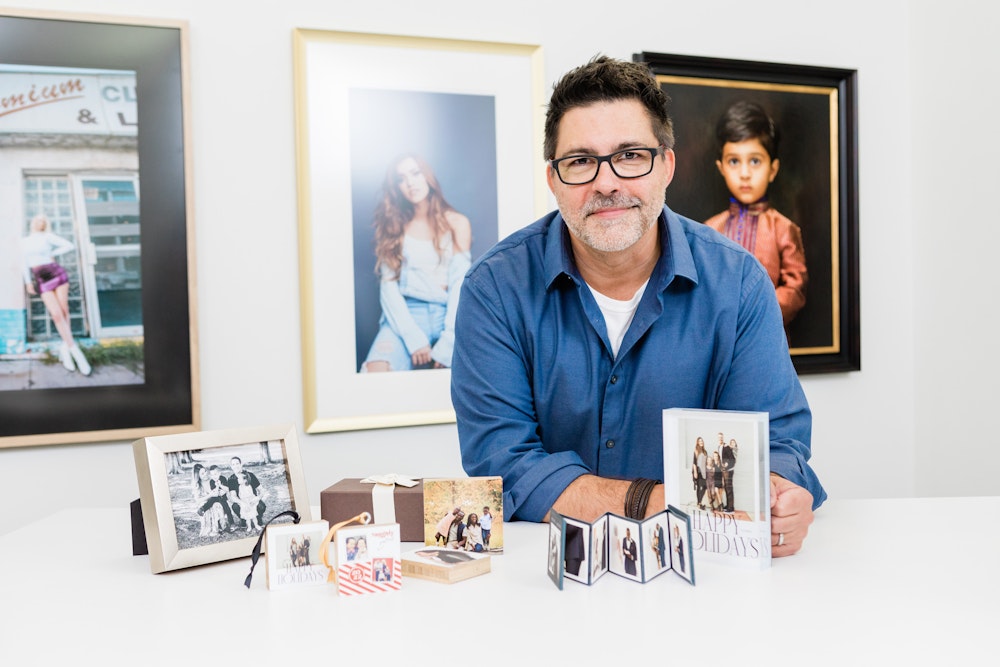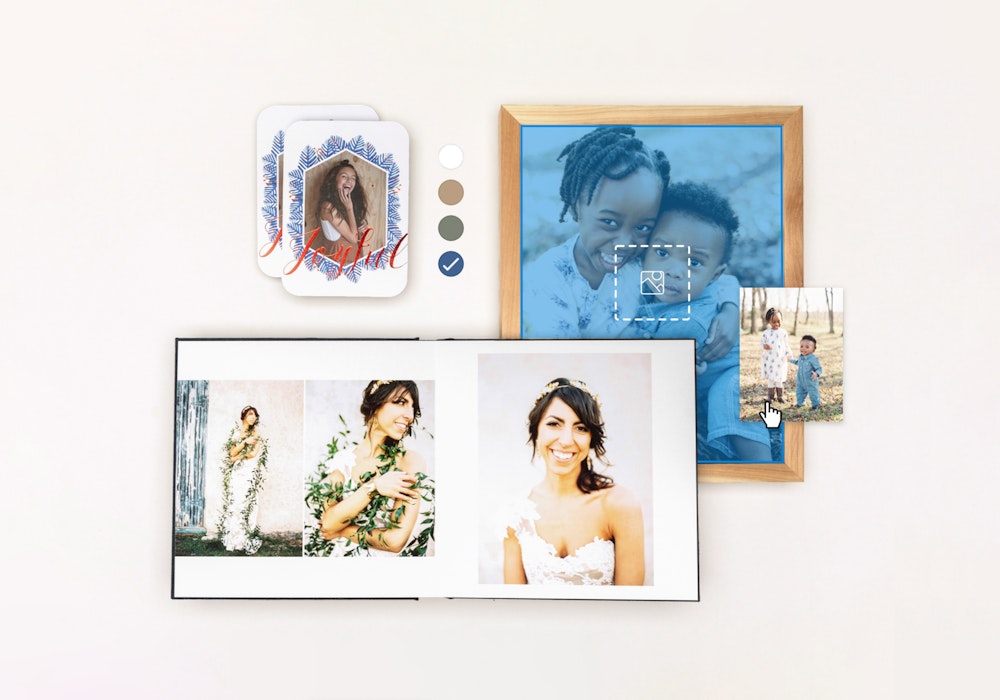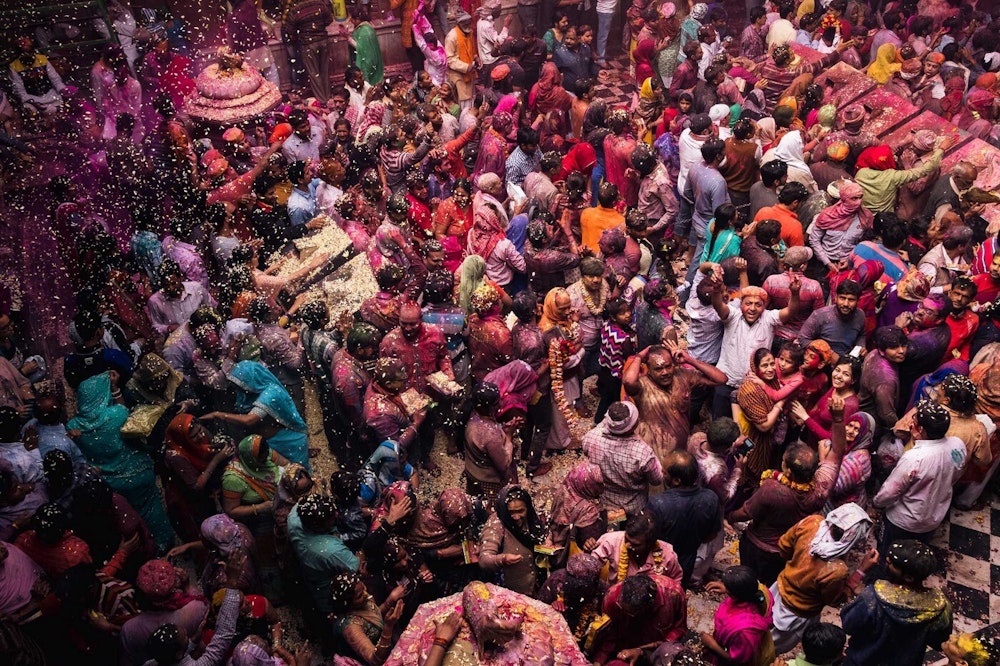Exploring Antarctica with Mike Hanline
A Q&A with nature photographer and co-owner of WHCC
Published on June 14, 2023

Get to know our very own Mike Hanline, a nature photographer and passionate explorer who has journeyed to Antarctica on two separate occasions. From growing up in a home of photographers to exploring and capturing some of the most breathtaking destinations in the world, Mike’s experiences are worth reading about. Join us as he shares some of his recent experiences, favorite shots, and valuable tips for fellow photographers.
Tell us a little about yourself, your background in the photography industry.
I was the son of a photographer, so you can say I grew up in a photography-based home. My dad was a WWII combat photographer who later ventured into portrait wedding photography. He later made it into a lab business. Having grown up surrounded by cameras and the essence of photography, it was only natural that I picked up photography. I relocated to Minnesota in the 1990s and have been associated with White House Custom Colour for nearly three decades. My two sons hold executive positions as CEO and COO, while I still serve as the Chairman of the Board.
When did your recent passion for nature photography begin?
Taking up new hobbies influences other areas of your life, and that’s how traveling extensively for the last 15 years has stirred my passion for capturing nature at its very essence. The beauty and diversity of landscapes around the world are too captivating to go uncaptured in a photograph, so I acted on my strong desire to document and share these experiences through my lens. Around six years ago, I embarked on my first trip to Antarctica, igniting my passion for capturing wildlife. Witnessing Antarctica’s unique wildlife and landscape motivated me to invest in better equipment and take it more seriously.

Can you talk about your most recent trip this year, including the locations you visited and some of the highlights from the journey?
My most recent trip was a National Geographic Cruise, which was highly focused on wildlife photography. The journey took me to the southern Antarctic region, including the Antarctic Peninsula, Falklands Islands, and South Georgia. Each location had its appeal. Antarctica, although it had minimal vegetation, showcased a stark yet undisturbed landscape as a unique canvas for photography. South Georgia offered lush greenery and pasture with large colonies of albatrosses and many baby birds. The Falklands, on the other hand, provided a unique contrast between human settlements in cities and farms and the colonies of penguins and seals. Exploring this trifecta of stunning locations in one journey makes it memorable.
Could you provide a typical day’s itinerary for a typical day on the expedition cruise?
The itinerary during the expedition was quite diverse and very engaging. In the morning and afternoon, we would have excursions that alternated between cruising in Zodiac boats exploring the bays and observing wildlife from the water and landing on land to hike and visit penguin colonies up close. The activities and the locations you visit depend on the time of the year you go there; Antarctic summer typically from November through mid-March. Each location we visited had a different species of penguins, making the experience more diverse and thrilling. Additionally, there were sunset rides in Zodiacs to capture the mesmerizing beauty and contrast of the light against the surroundings.
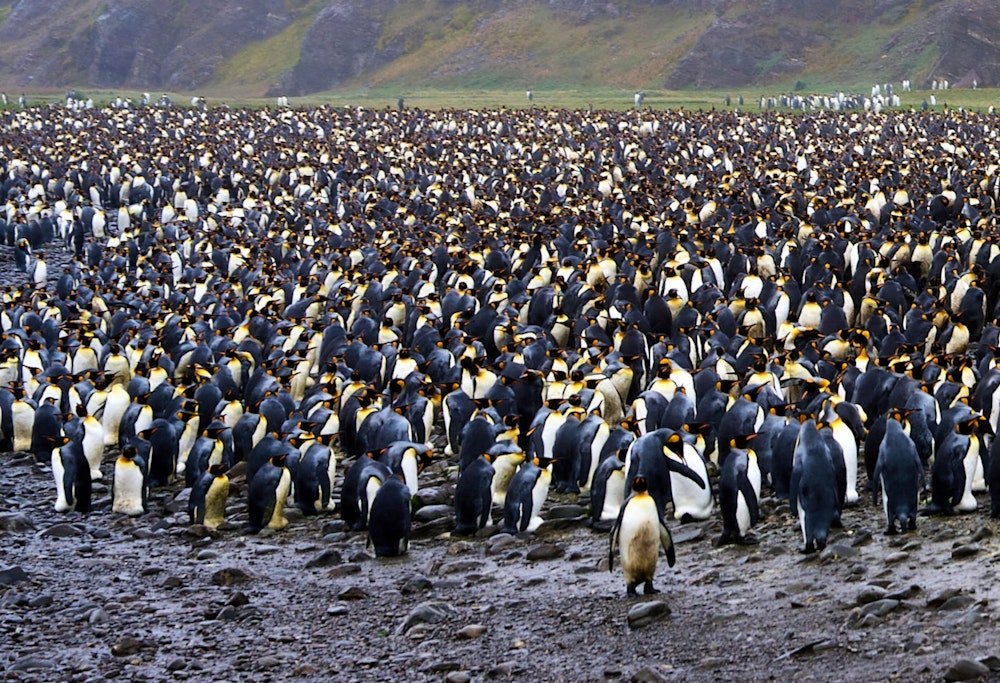
What were the highlights of your recent journey regarding wildlife encounters and overall experiences?
There were many highlights from my most recent trip, one of which was encountering different whale species. The oceans in the Southern Hemisphere are known for their abundance of whales, but seeing them in action is a rare treat. During this particular trip, there were six different whale species and I got see some spectacular shows. My highlight, however, has to be South Georgia. I hiked three miles to witness a penguin colony of over 100,000 penguins, which was truly remarkable. Another memorable experience was observing the second-largest albatross colony in the Falklands. The whole experience is really a highlight; Antarctica gets your attention.
"There’s no other place on Earth like Antarctica."
Apart from the stunning scenery and wildlife, what makes Antarctica such a great place to photograph? What gear do you prefer to use?
Antarctica’s lighting is beautiful, especially during this time of the year when the days are long. The softness of the light adds a magical touch to the photographs. Moreover, most parts of Antarctica are highly protected and remain undisturbed, making it much more fascinating to explore.
About the gear I use — I have a couple of different types of equipment. I shoot with a full-frame Sony camera, with lenses from 20mm all the way to 600mm for wildlife photography. I also have a Fuji medium format camera. So, I like to use the Sony equipment for wildlife photography, while I like to rely on the Fuji equipment for landscapes and scenic shots.
Do you have any tips for shooting or photographing penguins and wildlife in the Antarctic environment?
When shooting in the Antarctic environment, preparing and carrying the right gear with you is crucial. Consider how much you can comfortably carry, and ensure each piece of equipment will be perfect for the expected subjects and conditions for the day. Ask your guide if you are unsure what you will see in the region. Asking other photographers with experience photographing the region can be helpful in your planning. Take as many photos as you can. It may take time to sort through and edit them later, but you have a higher chance of getting that image you will look at and be proud of.
“The wildlife is so plentiful and so undisturbed; it’s just very special.”
If photographers are interested in exploring Antarctica, is there any specific information or advice you would recommend they know beforehand?
It’s essential to be aware of the regulations in Antarctica and adhere to them, as they are stricter now than before. You are not allowed to kneel on the ground or set anything down. If you are going to photograph from a Zodiac, wearing knee pads can be beneficial, as you may need to get some low-angle shots from the side of the boat. You will get familiarized with these regulations, as they are communicated verbally and in writing. The wildlife is plentiful and undisturbed; it’s just extraordinary, and being well-prepared and abiding by the protocols will ensure a fulfilling journey.
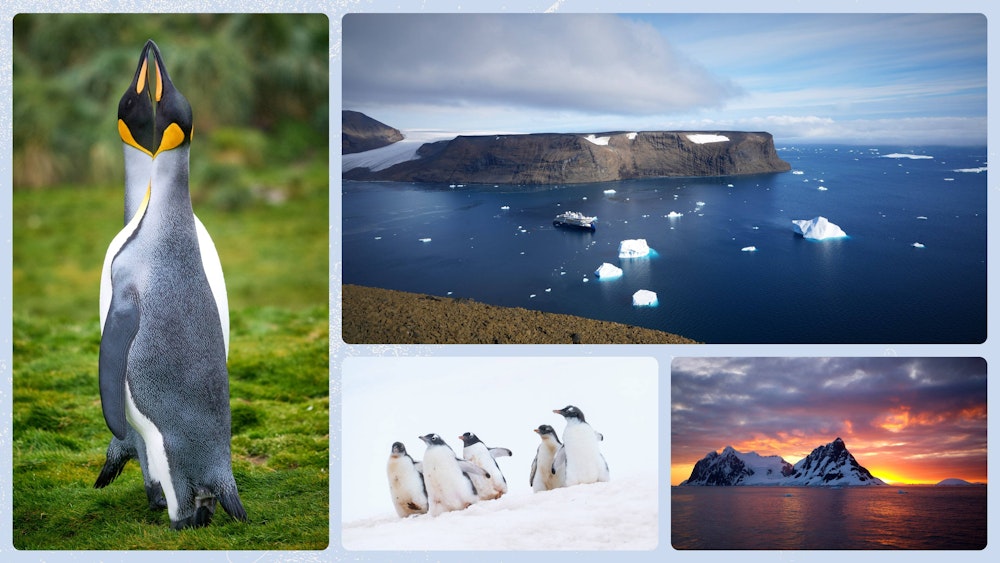
Can you share a couple of your favorite shots or the ones you are most proud of?
Four shots hold a special place in my heart. One of them features two king penguins in South Georgia with their bills touching — a remarkable display of affection between pairs. I was lucky to capture the moment with the right lighting and composition. Another memorable shot was of the sunset captured in the Lemaire Channel, a rare moment that occurs once a day. The image only required a little editing thanks to the shot’s vibrant colors and unique perspective, so I think the image speaks for itself. The third shot was one from my expedition back in 2017. It captures five baby penguins walking side by side that passed right by me. And the fourth is an image taken from the top of a 3,000-foot peak I climbed, showcasing the scale of a boat in the bay surrounded by ice flows in the Weddell Sea.
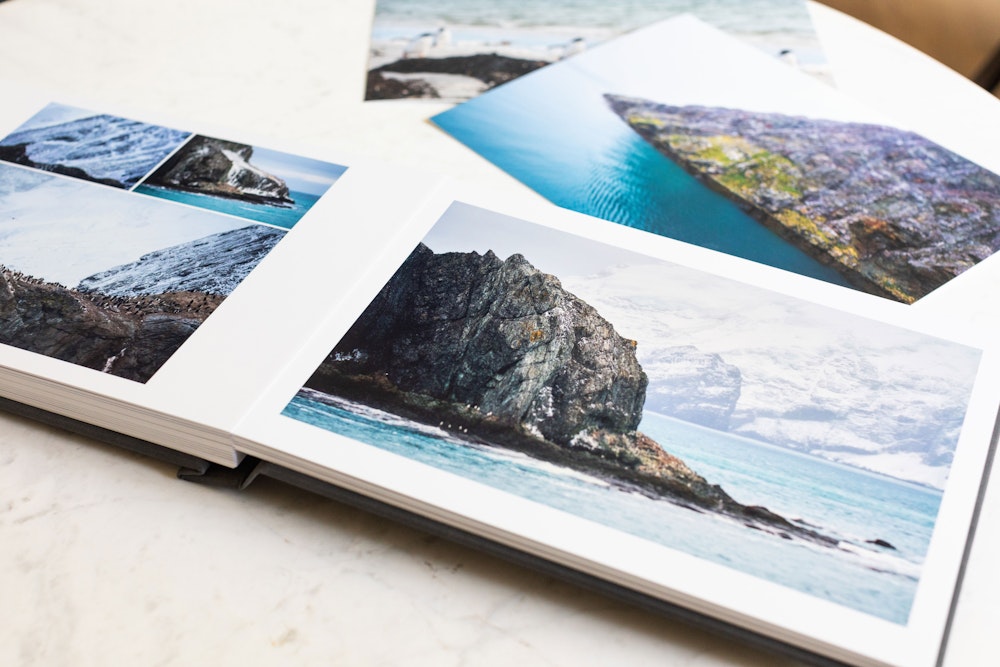
What are your favorite WHCC products to print on, whether landscapes or wildlife subjects, and why?
When it comes to printing, I particularly favor Framed Prints because they are classic and offer a timeless aesthetic. WHCC offers a wide selection of moulding options, including the Gallery Frames in black or white and the Woodland Frames in walnut and weathered gray, perfectly complementing the image. Matting is also important, and I often go for the double mat for the overall look. I also appreciate the versatility of Metal Prints, which can be displayed with or without a frame, showcasing different surface finishes. Our Acrylic line is another popular medium, allowing for the addition of frames to enhance the overall presentation. Creating clusters of prints adds an artistic touch to my favorite images. Framing enables me to build sets of photos and create an artistic arrangement.
I’ve also been making Albums of my recent work. I narrowed down this last Antarctica trip to about 300 images from thousands, and with the ease of our Album Designer, I created an Album in a matter of minutes. The flexibility of it truly makes it so quick and easy, so I documented my entire journey in chronological order. I especially like the 9x12" horizontal Albums as it fits panoramic images really well. The final product is phenomenal, and the various cover and debossing options make them very sleek. My personal preference is a Combo or Cameo Cover to show off the photos that will be represented inside. With how simple they are to build and how high-end our Albums are, I fully intend to go through my archives and print more.
Where are you planning to go next? Any upcoming photography destinations?
I have plans to visit Ireland and London in the fall. I have also set my sights on exploring Egypt and the Nile, as Africa is the one continent I haven’t visited yet. There is always something new to discover and an opportunity to photograph captivating moments. I look forward to continuing my photographic adventures.
